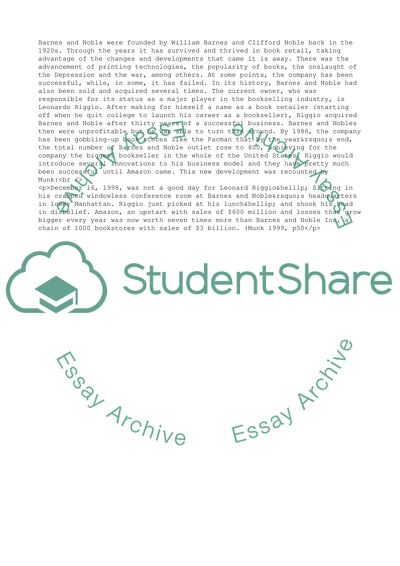Cite this document
(Change Intervention at Barnes and Nobles Case Study, n.d.)
Change Intervention at Barnes and Nobles Case Study. Retrieved from https://studentshare.org/management/1741143-change-intervention
Change Intervention at Barnes and Nobles Case Study. Retrieved from https://studentshare.org/management/1741143-change-intervention
(Change Intervention at Barnes and Nobles Case Study)
Change Intervention at Barnes and Nobles Case Study. https://studentshare.org/management/1741143-change-intervention.
Change Intervention at Barnes and Nobles Case Study. https://studentshare.org/management/1741143-change-intervention.
“Change Intervention at Barnes and Nobles Case Study”. https://studentshare.org/management/1741143-change-intervention.


